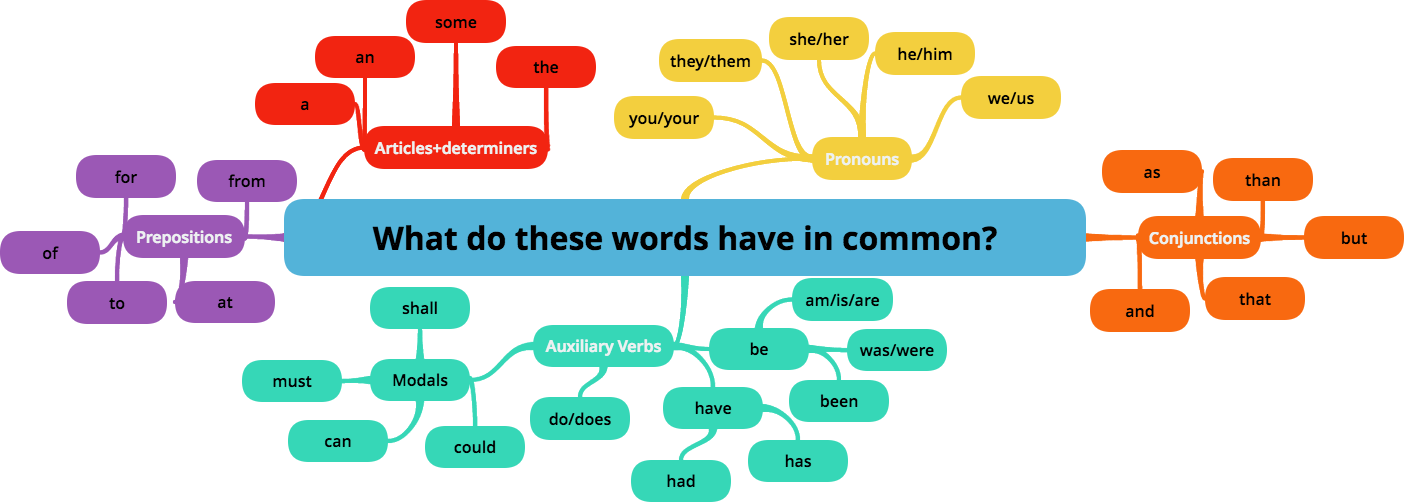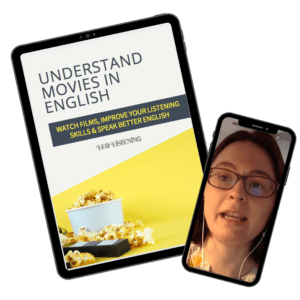How To Understand Native English Speakers Thanks To Connected Speech

#1 The Schwa Sound
There is one sound that we use more than any other in English. And it makes native English speakers hard to understand. To pronounce it, your lips, tongue and jaw all need to be nice and relaxed. It’s fairly easy to pronounce, but it’s actually very difficult to hear.
Watch and listen to me pronounce this sound here:
This sound is so common that it even has its own special name, schwa. Its phonetic symbol looks like this /ə/.
There are two reasons we hear it so often:
#1 Not all the syllables in a word are important, so we don’t pronounce them the same way
We say that the important syllables are stressed, and the unimportant ones are unstressed.
Listen to me pronouncing the words ‘mother’, ‘castle’, ‘careful’ and ‘little’ in the recording below. The first syllable of each word is stressed. Is there anything you noticed about the unstressed syllable in each word? It’s a schwa!
Think about it, you have to be relaxed to pronounce a schwa, why would you put it in a “stressed” syllable! Jokes aside, it’s very important to know that not all the syllables in a words are stressed and that often, the unstressed syllable is a schwa sound.
Listening tip: two-syllable words like ‘careful’ and ‘mother’ are usually stressed on the first syllable.
Stressed first syllables
2. Some words are more important than others

# 2 Disappearing Sounds
In addition to putting schwa sounds everywhere, in normal, fast speech, to go a bit more quickly, we simply make certain sounds disappear. That’s right, we don’t actually pronounce them at all. Poof, just like a magic, they disappear!
This can be shocking for English learners like you, because you think you have to pronounce everything nice and carefully to be understood. Now, we don’t do this to every sound in the same way; there are some that disappear more often than others.
Listen to these examples first in careful speech and then in less careful, faster speech.
Disappearing sounds
Disappearing sounds
Disappearing sounds
Disappearing sounds
- conjunctions: ‘and’, ‘but’
- superlatives: ‘best’, tallest’
- past simple endings: ‘walked’ (remember this sounds like ‘walkt’ not ‘walk-ed’ when pronounced carefully).
#3 Transforming Sounds
Sometimes it’s actually easier to transform a sound than to make it disappear. It all depends on the next sound, and what our tongue and lips need to do to get there. If the movement is too complex, then we just make it easier and modify the sound.
Listen to these examples:
Transforming sounds
Transforming sounds
What is the difference between the careful example and the fast example?
In the fast one, it sounds like I’m saying ‘righ chew are’. This is because it’s difficult to go from the /t/ sound, to the /j/ sound (/j/ is the phonetic symbol for the initial sound of words like ‘you’ or ‘useful’).
What’s quicker and easier is to pronounce is an intermediate sound like /ʧ/ (this is the phonetic symbol for the initial sound of words like ‘church’). This is quite common in English. Some other examples are ‘don’t you’ which sounds like ‘don chew’ or ‘would you’ which sounds like ‘wou chew’.

#4 Linking Or Inserting Sounds
Sounds in fast speech can help each other out.
As you now know, we don’t always pronounce words in a nice, clear way. In fact, often, it’s actually more difficult to pronounce each word clearly, distinctly and individually. What we do instead is, we make links between different words to help us pronounce them.
Listen to me pronouncing “for a while”, “was it” and “what a day” in careful speech. After, listen to me say them quickly.
Linking or joining sounds
Linking or joining sounds
What do you notice? You should hear me link the consonant sounds at the end of “for”, “was” and “what” with the following vowel sound.
Sometimes, we even add a sound to make our lives easier. Listen to these examples in careful speech. Now listen to me pronouncing them more carefully. It’s difficult to hear, but in each case, I add a sound to help me move between the sounds in the different words.
Linking or joining sounds
Linking or joining sounds
Linking or joining sounds
Linking or joining sounds
Linking or joining sounds
Linking or joining sounds
#5 Squeezing Sounds And Words
One advantage of spoken language compared to written language, especially casual, everyday conversation, is that we use a lot of the same informal words and expressions.
I have no problem understanding spoken French, but when I read in French, I often see words and expressions that I don’t recognise. That’s because in regular, conversational speech, we’re interested in building relationships and exchanging information with others, not using words for literary effects.
Conversations follow a fairly predictable routine, and we generally use the same types of language such as:
- greetings and salutations : hi, how are you doing?
- filler words and expressions: “you know”, “do you know what I mean”?
- grammatical “chunks”: “you must have seen him”
Because we frequently use the same expressions, we also expect to hear them. That means that we don’t have to make as much effort to articulate them properly. In fact, we can squeeze all the words together, so they almost sound like a single word.
Listen to me pronouncing some examples:
Squashed expressions
Squashed expressions
Squashed expressions
How To Understand Native English Speakers
So now you know – we’re not eating sounds, words and expressions, we’re just using some magic tricks to help us speak more quickly and easily.
As an English learner, you don’t have to use the same magic tricks if you don’t want to (but you’ll sound more natural if you do!). In fact, it’s much more important for you to be aware of them so that you can listen and understand spoken English more easily.
So tell me in the comments – has this post helped you understand English native speakers? Which feature of connected speech surprised you the most?
Subscribe To My Newsletter To Get Your Free Guide
Want to use your favourite movie or TV show to understand native English speakers when they talk fast? Download your free guide, Understand Movies in English.



Very informative post, Cara! I definitely agree with you – you could could make this into its own course! I love the amount of work that you’ve put in to produce the audio examples! I’ll share this with my audience!
Sam
Hey Sam. Thanks for your kind comments. I actually made the audio for my listening lessons and thought it would work well in a blog post too! Thanks for the share.
Hello Cara,
There seems to be something wrong with the Soundcloud tracks, the only one I can play is the first one (Stressed first syllables).
Cheers!
Hello Alberto. Thanks for letting me know. Sorry about this. The reason you can play the first track is because it’s not a Souncloud track! I’ve run out of space on Soundcloud. I’ll have to upload the tracks directly to my website – I should be able to do that tomorrow. Apologies for the inconvenience.
No worries Cara, I hope you can fix that without too much hassle.
Thanks for being so understanding. I’m just fixing the problem now.